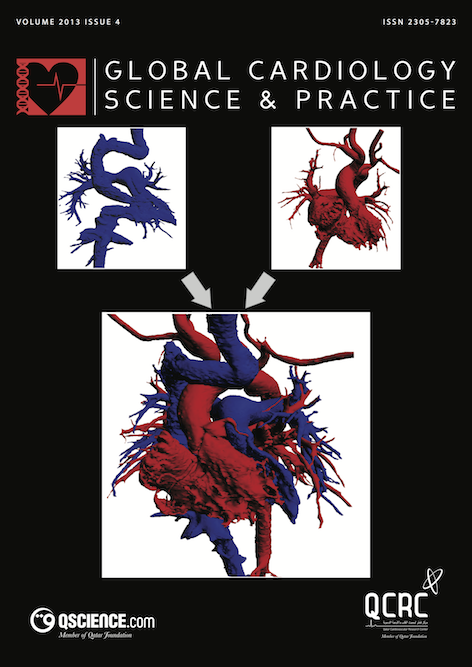Inclusion cylinder method for aortic valve replacement utilising the Ross operation in adults with predominant aortic stenosis – 99% freedom from re-operation on the aortic valve at 15 years
Abstract
Background: To report our experience with the Ross operation in patients with predominant aortic stenosis (AS) using an inclusion cylinder (IC) method.
Methods: Out of 324 adults undergoing a Ross operation, 204 patients of mean age of 41.3 years (limits 16–62) underwent this procedure for either AS or mixed AS and regurgitation (AS/AR) between October, 1992 and February, 2012, implanting the PA with an IC method. Clinical follow up and serial echo data for this group is 97% complete with late mortality follow up 99% complete.
Results: There has been zero (0%) early mortality, and late survival at 15 years is 98% (96%, 100%). Only one re-operation on the aortic valve for progressive aortic regurgitation (AR) has been required with freedom from re-operation on the aortic valve at 15 years being 99% (96%, 100%). The freedom from all re-operations on the aortic and pulmonary valves at 15 years is 97% (94%, 100%). Echo analysis at the most recent study shows that 98% have nil, trivial or mild AR. Aortic root size has remained stable, shown by long-term (15 year) echo follow up.
Conclusions: In an experience spanning 19 years, the Ross operation used for predominant AS using the IC method described, results in 99% freedom from re-operation on the aortic valve at 15 years, better than any other tissue or mechanical valve. For adults under 65 years without significant co-morbidities who present with predominant AS, the pulmonary autograft inserted with this technique gives excellent results.
Downloads
Published
Issue
Section
License
This is an open access article distributed under the terms of the Creative Commons Attribution license CC BY 4.0, which permits unrestricted use, distribution and reproduction in any medium, provided the original work is properly cited.


